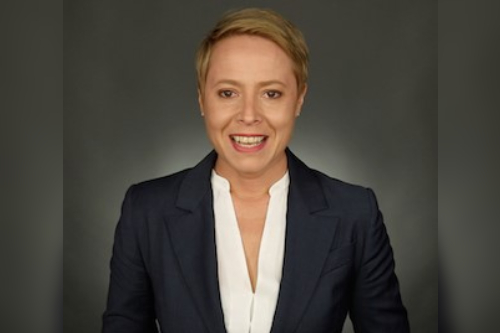

Some will argue that the insurance industry is riddled with inclusion woes; Psynapse Psychometrics founding director Dr Jennifer Whelan (pictured), however, won’t be quick to jump to that conclusion, and the inclusion expert told Insurance Business why.
“I’m not sure we can say the industry has a problem any more so than any other – firstly, inclusion is a quality of an organisation’s culture, and as a result, is difficult to measure, few firms do it well, let alone at the industry-level, and there is no standardised metric,” she explained.
“Measuring diversity is a little easier in terms of looking at the representation of people from diverse groups, but it is difficult to gather industry data for any demographic variable beyond gender, and we only have good gender data because organisations with more than 100 employees are required to report to the WGEA (Workplace Gender Equality Agency) on it.”
When it comes to smaller firms, which are not mandated to report on gender, it is even harder to examine the issue as there is very little information to rely on. As for cultural diversity, Whelan – who is involved in the Australian portion of the ongoing global Dive In Festival – noted that while we increasingly have good data around the subject, companies cannot require staff to disclose their cultural backgrounds, for fairly obvious reasons.
She told Insurance Business: “The disclosure of a range of other personal demographic details is even more fraught, so when it comes to understanding the data around other diverse people – for example, people with mental illness; people with disability; Indigenous people; people of diverse genders, sexes, and sexualities – we have a very poor understanding, both in terms of their representation, and their workplace experience when it comes to inclusion.”
In terms of high-level women’s representation, though, Whelan conceded that it declines with seniority. However, the phenomenon isn’t exclusive to the insurance sector. She said a leadership culture that emphasises and rewards more masculine traits inevitably creates a leadership cohort that is male-dominated, adding that we know this to be the case given the under-representation of women in leadership across the board.
Citing workplace gender equality figures, Whelan pointed out: “When we look at the number of women in leadership roles (a common indicator), it is similar in the insurance/risk industry to other industries, but last year’s WGEA data showed that the industry had the highest gender pay gap (26.9%) and is joint highest again this year, although the number has improved somewhat (22.2%).”
“From the Dive In survey we conducted last year,” noted the Psynapse director, “we know that women feel less included than men, and we also know that individual employees feel less included than leaders. When you ask people if ‘you need to be a certain type of person to get ahead here’, an overwhelming majority of people agree.”
Still, Whelan maintains that the lack of data presents a challenge, in that it’s hard to pinpoint whether there is one particular area of diversity – race, disability, gender, sexuality – in which the insurance industry is struggling more than with others.
She asserted: “The small sample sizes of people from culturally diverse backgrounds, LGBTIQ people, people with disability, Indigenous people makes it difficult to make strong claims. I can say in my work with clients, gender and culture remain the primary concerns. LGBTIQ has become a common focus area too, and increasingly mental health is attracting effort and investment by organisations.”
Meanwhile, Whelan highlighted the difference between diversity and inclusion.
“Diversity is about hiring, retaining people from diverse groups,” she explained. “Inclusion, however, is the culture that leverages their skills and abilities. In order to benefit from bringing diverse people into your organisation, you must take an honest look at your culture.
“Inclusion isn’t about bringing diverse people in and making them ‘fit’ with the culture. It is about flexing and adapting your culture so you can take advantage of the value of different people, ideas, and perspectives.”
Dr Whelan shared her views at the Australian Dive In Festival event titled, ‘How experiences of workplace inclusion are affecting psychological safety in 2020’. The event unpacked the findings of the ‘2020 Deep Dive Survey on Inclusion’, which was sponsored by SURA, Wotton + Kearney, Liberty Specialty Markets and delivered by ANZIIF.
